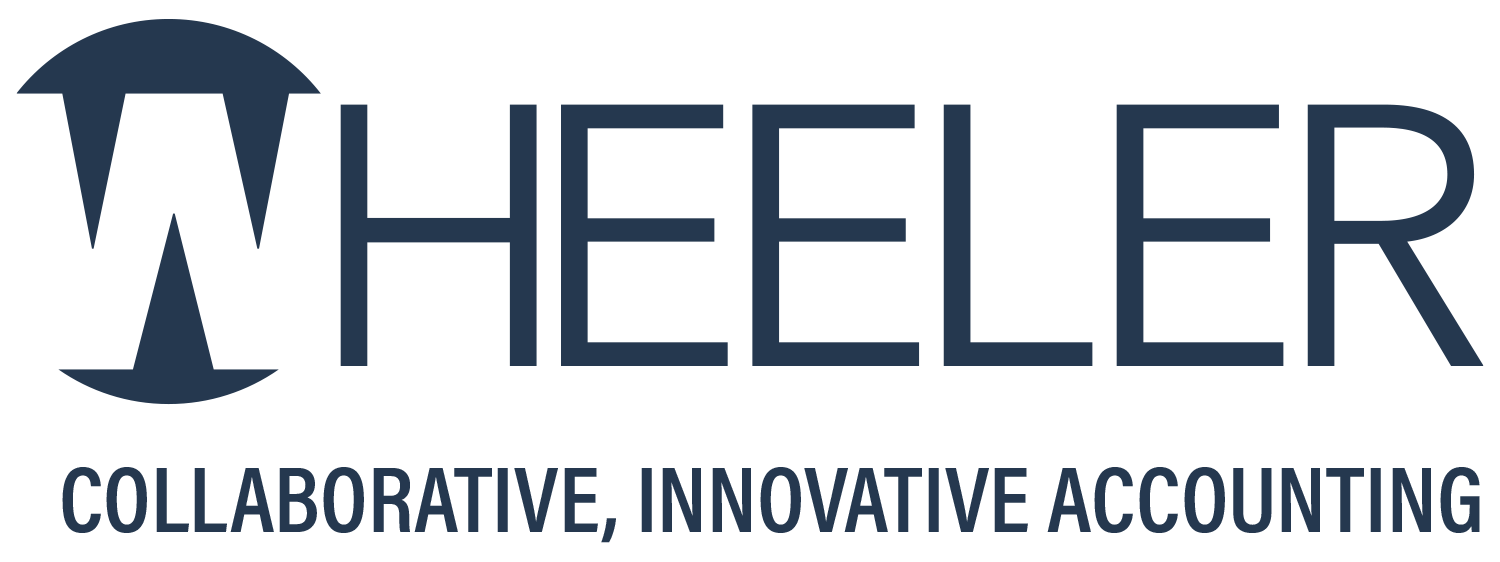By Michael Sands
With the conclusion of tax year 2023, you may wish to check if your HSA contributions for tax year 2023 exceeded allowed limits and make corrective distributions, if needed.
What Are HSAs?
To refresh, an HSA is a tax-advantaged savings account that allows you to pay medical expenses with tax-free dollars. The benefits of an HSA include:
- You can claim a tax deduction for contributions you make to an HSA, up to the maximum annual contribution allowed.
- HSA contributions made by your employer are excluded from taxable income.
- Earnings in the HSA account grow tax-free.
- Distributions from the HSA account for qualified medical expense are tax-free.
- An HSA is “portable”; it stays with you if you change employers and contributions remain in your account until withdrawn.
What Expenses Do HSAs Cover?
Most deductible medical expenses will qualify as HSA medical expenses. Medical insurance premiums may not qualify, except:
- Premiums for long-term care coverage
- Health care continuation coverage (such as COBRA)
- Health care coverage while receiving unemployment benefits
- Medicare or other coverage if 65 or older (other than supplemental policies, such as Medigap).
HSA distributions may be taken to pay for medical costs of the HSA account owner, their spouse, or for dependents that have been claimed on tax returns. Medical expenses should not be deducted on Schedule A to the extent they are paid with tax-free distributions from HSA accounts.
To qualify to make HSA contributions, you must be covered under a high-deductible health (HDHP) plan for any months in which contributions are made. High-deductible health plans have higher annual deductibles that other health plans and must have a maximum limit for total annual deductible and out-of-pocket expenses for covered costs. Also, dependents who can be claimed by another person do not qualify to make HSA contributions.
Types of HSAs
There are two types of HSA accounts: self-only coverage and family coverage. Self-only coverage refers to an HSA account used by one eligible individual only and family coverage refers to an HSA account used by one eligible individual and at least one other individual (whether or not they qualify as an eligible individual).
Maximum Contribution Limits
Every year, IRS sets maximum limits for contributions that individuals may make to their HSA accounts. In 2023, for self-only coverage, the maximum contribution was $3,850. For family coverage, the maximum contribution was $7,750. If you had the same type of coverage throughout the year, you can make any contribution up to the maximum annual amount allowed. Persons who are 55 and older may make an additional $1,000 catch-up contribution for the year.
If your HSA coverage changed during the year, or if you did not have HDHP coverage the entire year, you may still make the maximum annual contribution allowed for the year under the “Last Month Rule”, as long as you had high-deductible health insurance as of the first day of the last month of the year. If you elect to make the full contribution under the “Last Month Rule”, you will be required to maintain HDHP coverage for a testing period of at least one year, or the deduction may be recaptured.
If you discontinued HDHP coverage during the year, or if you started Medicare coverage, your allowed HSA contributions may be limited to less than the maximum annual contribution. Please let us know if this happens so we can determine what the allowed HSA contribution and assist you with any needed withdrawal of excess contributions.
Excess HSA contributions can occur for a variety of reasons, including making regular contributions in an amount that is too high for the number of periods made, contributions by the employer that have not been accounted for, other contributions made by family, or administrative errors.
Excess HSA contributions are any HSA contributions made in excess of allowed annual limits. Excess contributions may be subject to a 6% excise tax if they are not withdrawn by the filing date for the tax year (generally April 15 of the following year, or October 15 if an extension has been filed). This 6% excise tax may be assessed for every year the excess contribution is not withdrawn.
Correcting for Overcontribution
There are two methods to correct excess HSA contributions. The first is taking a distribution to withdraw the excess contribution, including any earnings on the distribution, by the regular or extended due date for the tax year. Form 1099-SA will be issued showing the corrective distribution with a code “2”. The employer may issue a corrected W-2 to include excess contributions in wages; if not, the excess contribution should be included as other income when filing your tax returns.
The second method is to apply the excess HSA contribution as a contribution for the subsequent tax year. Only excess contributions may be applied, and any applied will count toward the annual limit for the subsequent year. If there are earnings on the excess contributions applied, this method may involve greater complexity than the first method and Form 5329 may need to be filed with your tax returns.
Either method will avoid the 6% excise tax if withdrawn by the regular or extended due date for the tax year. You may wish to consider filing a tax extension if you need additional time to make corrective distributions.
Please let us know if you think you made excess HSA contributions for tax year 2023 and we will provide any assistance needed.
408-252-1800



